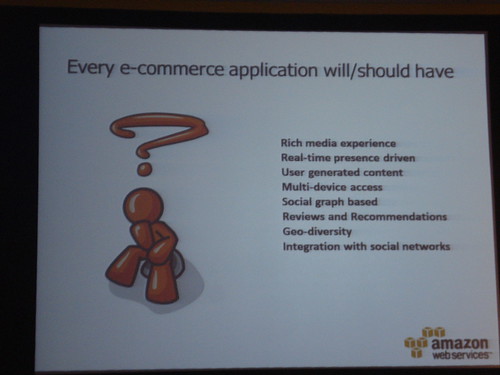SUSE Linux Fundamentals
Learn SUSE Linux. Below mentioned are the course objectives, Audience & study material.
Course Objectives
This course teaches you the following concepts and skills fundamental to preparing to learn how to perform SLES 9 administrative tasks:- Understand the Linux story
- Use the Linux desktop
- Locate and use Help resources in the Linux system
- Administer Linux with the YaST management utility
- Manage Directories and Files in the Linux System
- Work with the Linux shell and command line
- Use Linux text editors
- Understand and view processes in the Linux system
- Manage the network configuration
These are fundamental and prerequisite to learning the skills of an entry level SUSE Linux administrator or help desk technician in an enterprise environment.
Course Audience
This course is intended for Linux administrators who need to administer SUSE Linux Enterprise Server on their network.
Prerequisite Knowledge
Before taking this course, we recommend that you have some experience working with a Linux desktop or server in a computing environment (such as an enterprise or academic environment). However, you can successfully complete the course without prior Linux experience.













